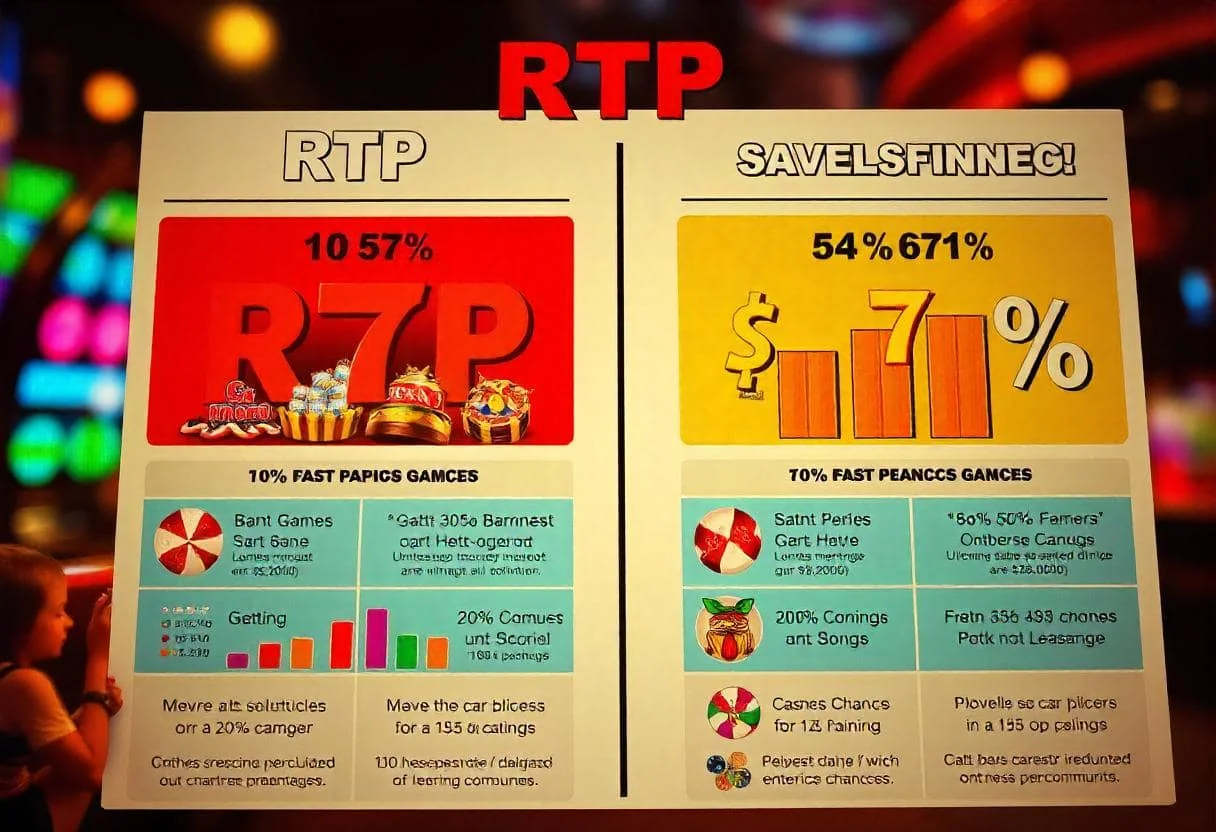Casino Payouts There are some questions that casinos are more than happy to answer, such as:
- “What game should I play next?”
- “What exclusive bonuses can I claim this week?”
- “What’s new and exciting this month?”
These types of inquiries, which encourage players to keep coming back and engaging with the casino payouts, are often met with quick and transparent responses.
However, when it comes to more complex questions, casinos tend to be less forthcoming. One question that, on the surface, seems easy to answer is: “What are the payout percentages of online casinos in the USA?” Unfortunately, the answer to this question is not as straightforward as one might expect, for several important reasons.
Understanding Casino Payouts Percentages
The confusion often stems from a misunderstanding of what casino payouts percentages actually represent.
The term casino payouts percentage is often confused with the idea of “the best chance of winning.” For example, a player might ask, “Which casino payouts offer the best odds for winning?” but what they’re really asking is about the return-to-player (RTP) percentage. RTP is a specific figure that indicates how much of the money wagered on a game is paid back to players over time.
Here’s how it works: if a slot game has an RTP of 96.5%, this means that for every $100 wagered, the game will pay back $96.50 on average over time.
Casino payouts approach payout percentages differently, as they are more concerned with the overall financial flow through the establishment, rather than the individual odds at each game.
Casino Payouts Percentages: A Different Perspective
To calculate the casino payout percentage, one looks at the total amount of money won by players over a set period (such as a month), and divides that by the total amount wagered during that same period. For instance, a casino with a 96.5% payout percentage will return $96.50 in winnings for every $100 wagered across its entire floor, taking into account all games offered.
This figure reflects the total payout across a wide range of games, and as such, it is more about the overall flow of money rather than the specific odds of a single game. It’s the casino’s view of the overall financial ecosystem, and this perspective differs from that of the player, who is focused on individual returns per game played.
RTP vs. Payout Percentage: Key Differences
While RTP and payout percentage are both related to how much money is returned to players, they differ in significant ways:
Scope of Application: RTP applies to a specific game, such as a slot machine or a blackjack table, and is calculated based on that game’s mechanics. It does not take into account any transaction or withdrawal fees, nor does it include any promotional offers or bonuses. In contrast, payout percentage looks at the broader picture, considering the total amount of money wagered and paid out across all games at the casino.
Player Strategy: Players often look for games with the highest RTP, assuming it means they have the best chance of winning in the long run. However, to maximize winnings, players need to consider more than just RTP. Strategy, bankroll management, and timing are crucial factors. For example, a player might find ways to outperform the average RTP through careful betting strategies, but that’s not reflected in the payout percentage.
Casino’s Perspective: From a casino’s viewpoint, the payout percentage is a measure of their overall revenue and how much they are returning to players, but it doesn’t directly address individual players’ experiences. It’s simply a reflection of the casino’s financial flow across a set period.
Variance Across Games: RTP can vary significantly between different games and even between variations of the same game. A casino offering multiple versions of roulette, blackjack, or slot games may have a lower overall payout percentage if it has high-variance games like those with multiple zeroes in roulette. However, this doesn’t necessarily mean that the casino is unfair—it just reflects the nature of the games being played.
The Real Challenge of Casino Payouts
When it comes down to it, asking which US casinos offer the best payout percentage is a question that doesn’t have a single, clear answer. Payout percentages fluctuate from month to month and are influenced by a variety of factors, including the specific games offered and the amount of play they attract.
Even more importantly, payout percentages are just one of many factors to consider when choosing a casino. Game variety, bonuses, and promotions are all important, but so are customer service, user experience, and a trustworthy reputation.
Moreover, regulation plays a significant role. In states where gambling is fully legalized and well-regulated, such as Nevada or New Jersey, players can enjoy peace of mind knowing that the casinos are held to high standards. In contrast, states with newer or less-established regulations, like Pennsylvania, may not offer the same level of protection to players, so it’s essential to be cautious when selecting a casino in these areas.
The Bottom Line
Ultimately, while casino payouts percentages are certainly an important aspect of a casino’s offerings, they do not tell the whole story. Players should consider a variety of factors before deciding where to play, including legal regulations, available bonuses, customer support, and the variety of games on offer. In the ever-evolving landscape of US online casinos, it’s always wise to do thorough research to ensure a fair and enjoyable gaming experience
